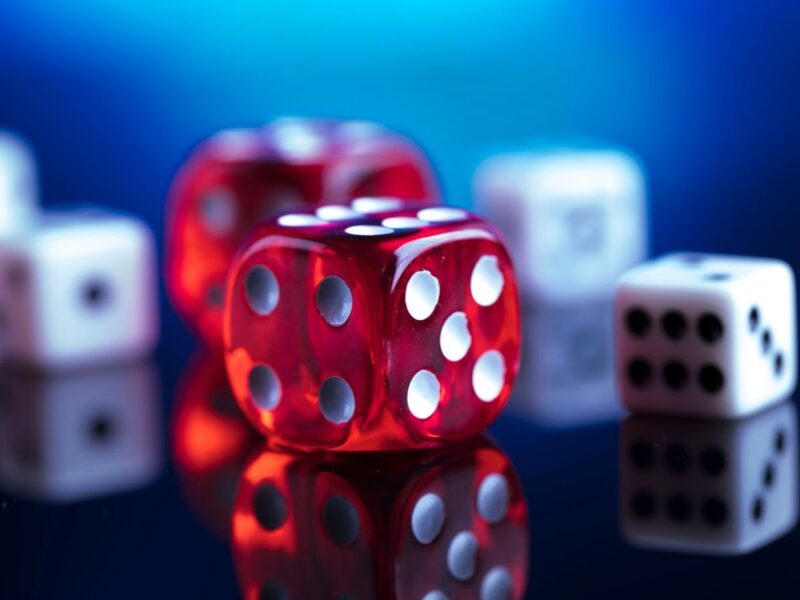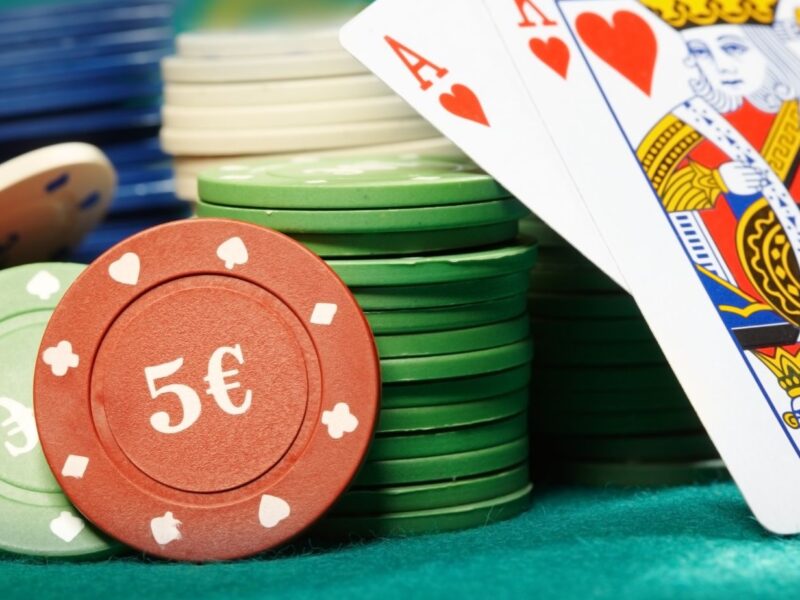Blackjack is one of the most popular casino games for a reason. Well, to be more accurate, it’s a bunch of reasons: the game is quick, fairly simple to understand, and has a cool reputation that certainly does it no harm. Players flock to the blackjack table, even knowing of the countless gaming options available here. While the game may appear simple, though, that perceived simplicity can often be deceptive – it’s more than possible to make mistakes that you’ll come to regret deeply if you’re not paying attention.
You can’t ever guarantee victory in a game of Blackjack, but that shouldn’t be mistaken for meaning that you can’t improve your odds or implying that you are making a smart decision when you just shrug and play without really thinking about it. One of the major reasons casinos almost always turn a profit is that players assume they just have to take what they’re given. That leads to avoidable gaming mistakes like the ones listed below, which we’re going to help you avoid right now.
Playing at a 6:5 Table
By and large, there are two types of blackjack table: those that pay out 3:2 for getting 21 on two cards and those that pay out at 6:5. This may seem to be a minor distinction, but just remember that the advantages are all with the casino here. You need to turn as many of them back in your favour as possible; that includes not giving up any more edge to the house.

If you bet 100 of any currency at a 3:2 table, then getting Blackjack will pay you 150. If you do the same at a 6:5 table, it will pay you 120. When there are plenty of 3:2 tables available, it makes a difference: you’re needlessly handing extra power to the casino.
Standing on Soft 17
When the key is to get 21 without going over, 17 can seem like a good score. There’s not a lot of room to beat it, and it’s risky to try to improve it. But if you have a soft 17 (A, 6), then standing is a big mistake. The dealer can get to 18, 19, 20, or 21 on at least a regular basis. If you pull a 4 or below, you maximise your chances of a win. If you pull 5 or 6, you can still hit again and have a good chance of winning by counting the Ace as 1. Most cards that you can draw on top of a soft 17 increase your chances of a win, so you should always hit here.
Splitting 10s
There are two pairs that you should always split in Blackjack – Aces and 8s. Any other pair should either stand on its own (9, 10, or any non-Ace picture card) or hit (7 and below). Splitting tens seems tempting because it’s good to have a ten in hand, so having two hands, each with a 10, looks great.

But you can all too easily end up with two hands, each showing a hard 16 instead of having 20 and almost certainly winning the hand. Hard 16 is a devilishly hard hand to play because it usually won’t win, but it’s hard to improve on without busting.







